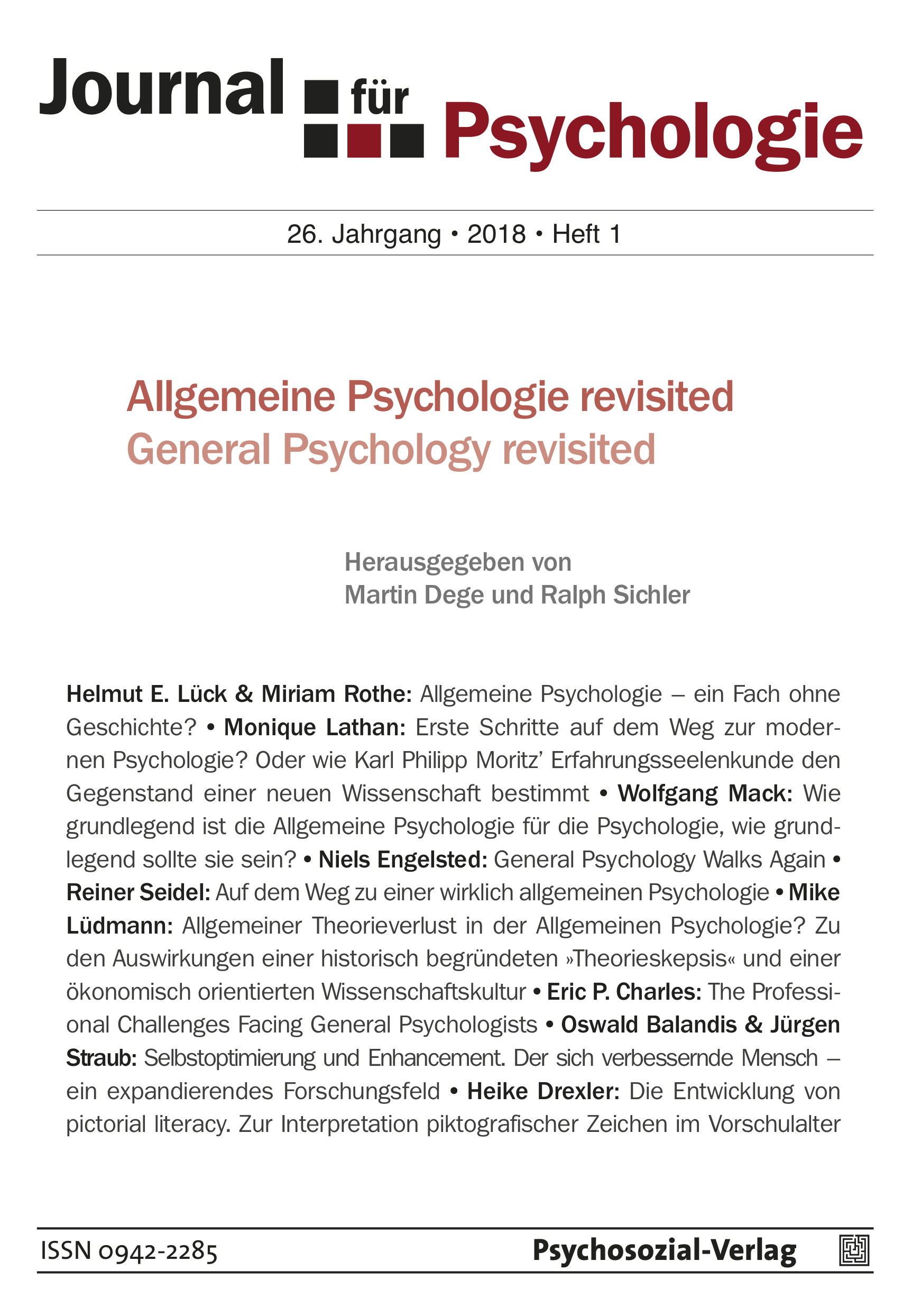Dancing Insight – Linguistic explorations of a psychoanalytic conversation
Keywords:
psychoanalysis, linguistics, conversation analysis, obsessive-compulsive neurosisAbstract
In this paper we use the first ten minutes of an audiorecorded 28th psychoanalytic session in order to detect and describe a new therapeutic procedure which we call «Dancing Insight”. The session is transcribed according to the standards of conversation analysis and is analyzed at three levels: first, a clinical analysis which leads to the interpretation that the analyst at two opportunities actively turns the table - speaking as if she were the patient. The clinical view can bring this observation in relationship to the concept of «model scenes” and «completing the scene” and some further findings from infant research. Second, the conversation analytic approach observes how the therapist does this maneuver and how the patient responds to it. A further analysis is directed to the «slots” where such a maneuver can be conducted with a natural flair and without any irony. Third, we complement the picture by an acoustic analysis of some prosodic features using PRAAT-software which shows some interesting patterns. At the beginning the patient speaks with a flat intonation, a prosodic property which we relate to affect isolation and its consequence, the lack of assertive commitment. The therapist manages to drag the patient out of this stance by assuming her role and she does this not only by the meaning of words, but also with prosodic means: She pronounces her turns at a «high plateau”, the basic meaning of which we tentatively describe as «projection of the assertion to the partner”. This is the procedure we call «dancing insight”: The conversational move which leads to a change of metaphorical concepts and to a change of positioning is achieved by a prosodic technique.Downloads
Published
2012-02-22
How to Cite
Buchholz, Michael B., and Uli Reich. 2012. “Dancing Insight – Linguistic Explorations of a Psychoanalytic Conversation”. Journal für Psychologie 23 (2). https://journal-fuer-psychologie.de/article/view/377.
Issue
Section
Schwerpunkt
License
This license allows private use and unmodified distribution, but prohibits editing and commercial use (further information can be found at: https://creativecommons.org/licenses/by-nc-nd/4.0/).
The terms of the Creative Commons licence only apply to the original material. The reuse of material from other sources (marked with a reference) such as charts, illustrations, photos and text extracts may require further permission for use from the respective copyrights holder.



